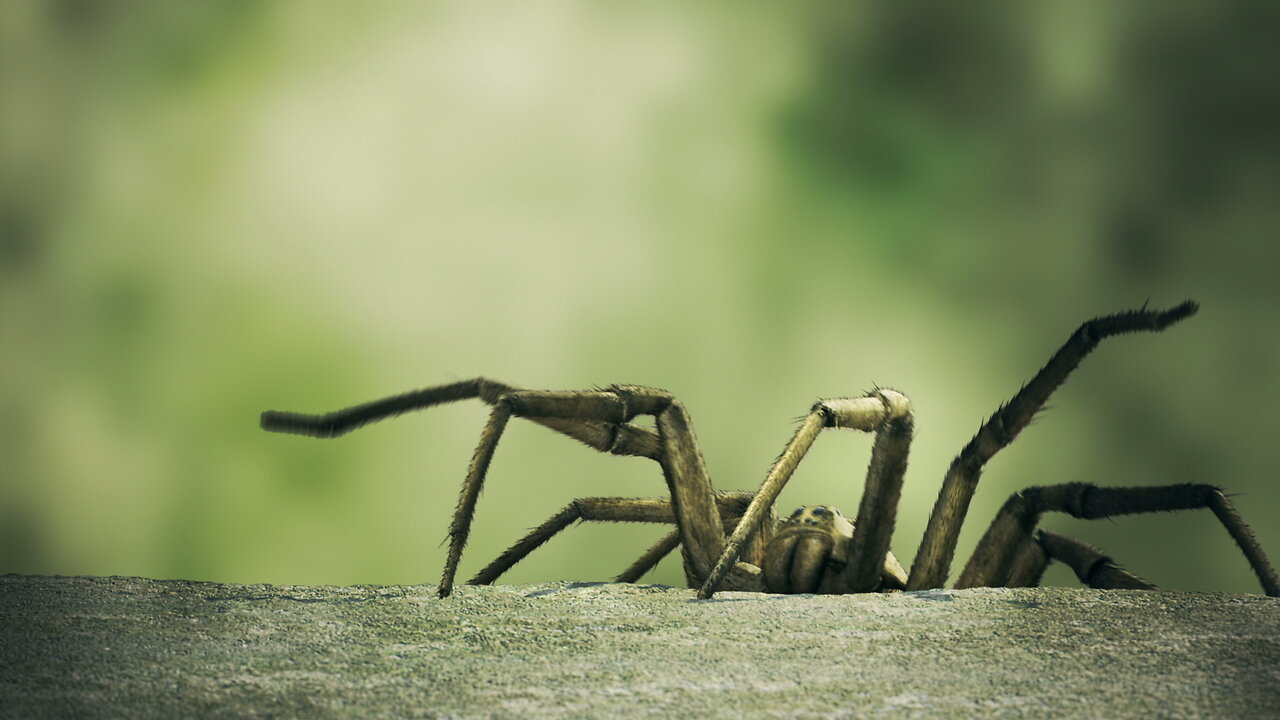Premium Only Content

Animal-Encounter Fatalities by Country and World
This bar chart race shows human fatalities as a direct result of venomous and non-venomous animal contact, by country and world, accumutaled, annually deaths and rate per 100,000, from 1990 to 2019. Deaths from diseases from animal contact, such as malaria and rabies, are excluded (check out other videos).
Human fatalities resulting from contact with venomous and non-venomous animals vary in frequency and severity. Venomous animals, such as snakes, spiders, and certain marine creatures, pose a significant threat. Snakebites, in particular, contribute to a substantial number of fatalities globally, with estimates suggesting tens of thousands of deaths annually. Africa, Southeast Asia, and South Asia are regions where snakebite-related fatalities are more prevalent due to the abundance of venomous species.
In contrast, non-venomous animal encounters typically result in fewer fatalities, but certain species can still pose risks. Large mammals, like elephants or hippos, may cause fatalities through direct attacks, especially in regions where human-wildlife conflicts are common. Insects like bees and wasps, though not typically lethal on an individual basis, can cause fatal allergic reactions in some cases.
Marine animals, both venomous and non-venomous, contribute to fatalities through encounters such as shark attacks, jellyfish stings, and encounters with other hazardous species. While such incidents are relatively rare, they capture public attention due to their dramatic nature.
Effective prevention and management strategies are crucial to mitigate the risks associated with both venomous and non-venomous animals. Education on snakebite first aid, the use of antivenom, and appropriate medical intervention can significantly reduce snakebite-related fatalities. In areas prone to human-wildlife conflicts, implementing measures like secure fencing, early warning systems, and community education can help minimize fatal encounters with large mammals.
Understanding the biology and behavior of animals, coupled with responsible tourism practices, can contribute to safer interactions between humans and non-venomous wildlife. Additionally, advancements in medical research and technology play a vital role in developing antivenom and improving treatment options for bites and stings.
While human fatalities resulting from venomous and non-venomous animal contact are concerning, it's important to note that such incidents represent a relative small fraction of overall mortality. Nonetheless, ongoing efforts in education, research, and conservation are essential for fostering coexistence and minimizing the risks associated with human-animal interactions.
Source: IHME
Data visualization created with flourish.studio
-
 LIVE
LIVE
MattMorseTV
1 hour ago🔴Trump's MAJOR ANNOUNCEMENT.🔴
7,676 watching -
 1:14:12
1:14:12
Sports Wars
2 hours agoMark Sanchez STABBED And Arrested, Bill Belichick DISASTER, MLB Playoffs, NFL Week 5
8.82K1 -
 LIVE
LIVE
ttvglamourx
2 hours ago $0.56 earnedSUSSY SUNDAY !DISCORD
452 watching -
 1:30:58
1:30:58
Lara Logan
2 days agoENEMY AT THE GATES: Trevor Loudon Unmasks the Sinister Alliance Working to Destroy America | Ep 38
19.2K40 -
 LIVE
LIVE
TheItalianCEO
2 hours agoBest VIDEO GAMES on a Sunday
77 watching -
 17:14
17:14
Mrgunsngear
19 hours ago $8.64 earnedDerya DY9 Review - The Best Budget Glock Clone?
20.3K12 -
 8:46
8:46
It’s the Final Round
1 day ago $0.67 earned💰NFL Week 5 Best Bets🔥Player Prop Picks, Parlays, Predictions FREE Today October 5th
12.4K -
 LIVE
LIVE
Amish Zaku
2 hours agoMaking Music & Thumbnails - Hanging out with Chat
65 watching -
 LIVE
LIVE
Barneyjack
3 hours agoWarframe LR5/MR35 Gaming, Mayhem & Fashion!! Get in here :) :)
78 watching -
 30:00
30:00
BEK TV
4 days agoGUT HEALTH AND THE POWER OF KIMCHI WITH KIM BRIGHT ON TRENT ON THE LOOS
74.6K7
